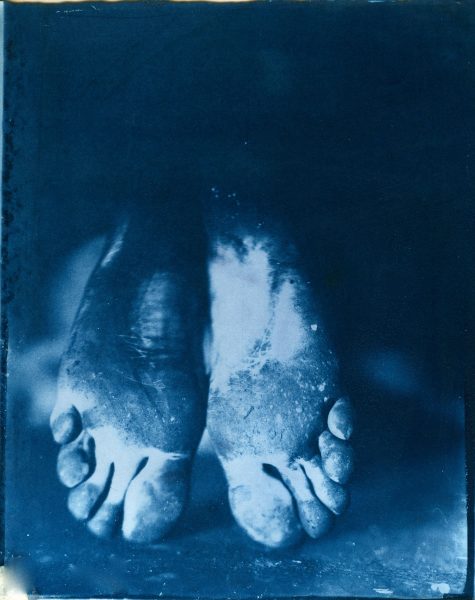The children of George Washington can thank their thirteen-plus stars that wooden teeth like his do not mar their cheerful visages; and I speak as one descended in part from the brave general, and specifically the daughter of a lady who ate only pecan pralines while expecting her second child (luckily I was her first). With all the sweets Americans eat it’s incredible that they have any teeth at all. But their far-ranging empire of taste has historically been contained within its continental borders. Not for the yankees’ simple palates the sweet but alien cornucopia of international halvah, lokoum, milk barfi, or the tricolored Tunisian confections to which this commentator got addicted in Paris in the late 1980s. This was true at least until a while ago. Now, it seems, a more sophisticated candy-eater hath emerged in the land, which has dolorous implications for national innocence. But we will talk about the past, before this sinister trend began to make itself evident. Here are a few ruminations on my own homeland favorites.

The candies of America never struck any two Americans the same way.
For me, Milk Duds, once sold in movie theaters and the quaint newspaper stands of yesteryear, were the candy of choice, along with Spearmint Leaves, black Chuckles, and, briefly, the Milky Way Bar.
I was mildly enamored of Raisinets and Goobers, though they were decidedly second-tier, but Tootsie Rolls never turned me on unless they were of weird alternative colors, like Raspberry; in their chocolate flavor they reminded me of some being cornered in an unsavory village square by an alderman with a horned sombrero and elephantiasis.
I was wary of Almond Joy and Mounds even though, compared to most commercial mascots, Peter Paul seemed attractive and noble, like a somewhat cute, somewhat sinister enchanted goat in a deserted manger.
On days when I left most of my school lunch on the plate, Three Musketeers seemed the immediate answer to four–o–clock hunger, but invariably after the second or third bite it took on a slightly sickening cast. It was as if an unseen caretaker were force–feeding you prior to killing and dismembering you, doing the nasty to your dying torso. Next to too many mouthfuls of Three Musketeers, Tootsie Rolls seemed benign. There was a quality to Three Musketeers of hemorrhaging out of control while waiting for an ambulance.
I was briefly infatuated with Nestle’s Crunch bars, finding their thinness and the way they redeemed Rice Krispies a source of profound fascination.
Cadbury Easter Eggs quickly reached overdose levels, and generic chocolate rabbits often contained dry rot or worms.
And, while Chunkys were small and oddly shaped, with disturbing raisins, Snickers were the unchallenged leader in the field as the candy bar of sociopaths.
Toward the late era of my candy consumption I got involved rather deeply with M&Ms, both peanut and regular (this was aeons before the age of such marvels of development as M&M Coconut); I saw them as high–tech, and I felt nervous and unwell if the exactly correct complement of colors didn’t gush out of the single–serving bag like an animated artist’s palette. When I came to New York I discovered Reese’s Peanut Butter Cups and Mason Mints (a mysterious taste I had observed my mother falling for), and for a short but intense time, Junior Mints reigned supreme in my packaged candy pantheon.
I saw the buyers, eaters and suckers of Lifesavers as unfortunate peasants who never even dreamed of aspiring to the imperial life I felt sure was to be my future and I felt nothing but a nauseated disdain for those who deigned to touch peppermint sticks or candy canes. Lollipops were on all occasions to be shunned unless there was white in the disk. They should in fact have been called mollipops, as their main purpose seemed to be the mollification of the terrified child shrinking in the pit of an adult size chair in the dentist’s waiting room.
During the Milky Way period, however, I was probably happier than I had back then any idea. The Milky Way period might just have been the happiest of my young career: Innocence plus consciousness, without the awareness that life only gets worse.
As for licorice shoelaces, candy corn, cotton candy, candy dots, candy guns, and candy jewelry sets, they all fluttered around my memory–generating mind during the part of my life before I knew that Indians were not beautiful wild people but annoying savages out to ruin my peace and quiet, the time when a tree was a tree and a dead princess no more nor less than that, surrounded in her glacial termination by silent dwarves and the tall departing shadows of evil queens.
Stories